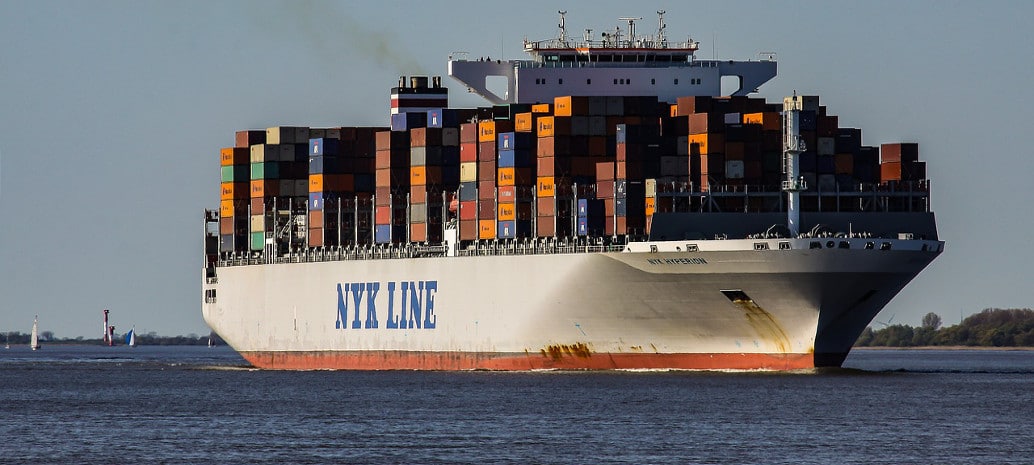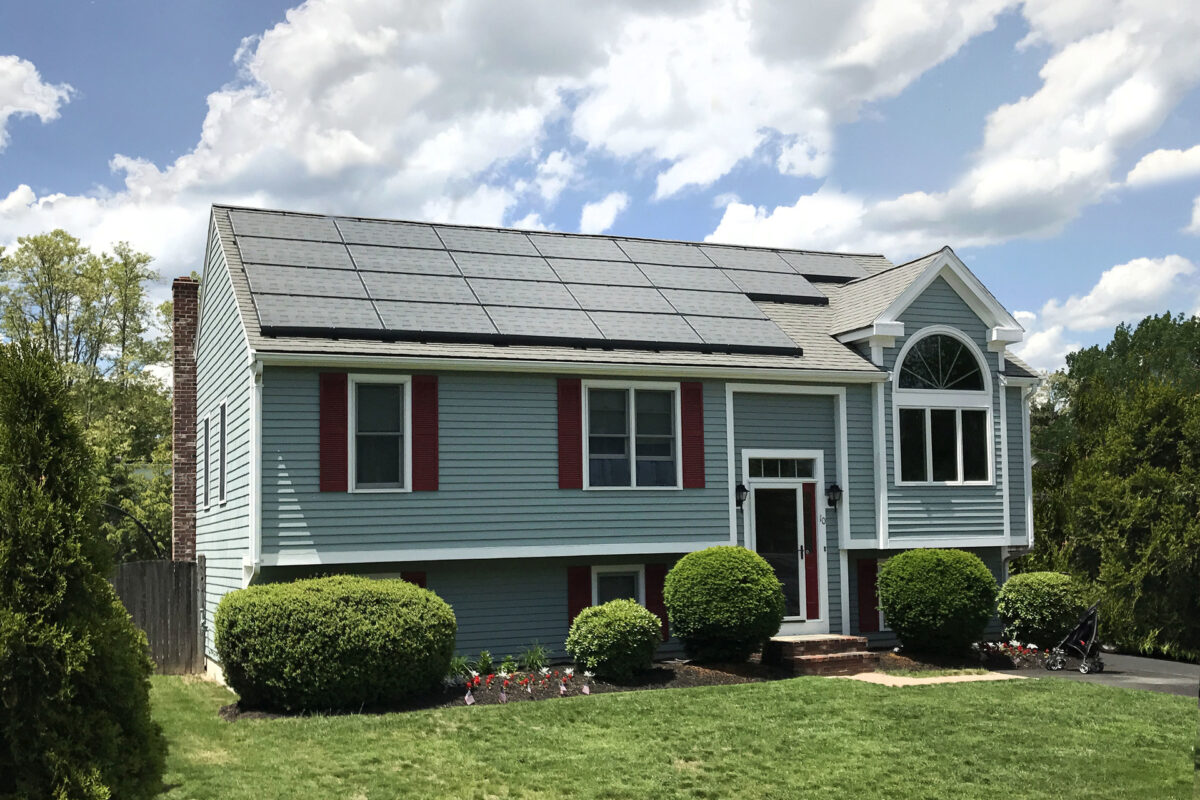SunPower and other PV makers seeking an exemption to Section 201 import duties will get their chance next month under a process which has been laid out by U.S. trade authorities.
According to a filing last week in the Federal Register, information including the type of product, the location of manufacturing and the availability of similar products from PV makers in the United States will all be taken into consideration when evaluating requests for exemptions.
Such criteria provide an opportunity for SunPower, LG and other makers of PV modules based on novel technologies. SunPower has long argued that there are no products similar to its modules based on its interdigitated back contact (IBC) cell technology, and this was broadly true at least until LG launched its own IBC design.
However neither manufacture any real volume of product in the United States, meaning that there is no domestic PV maker who can supply a similar product. Similarly, LG’s NeON2 features a multiwire interconnection technology and is the first large PV maker to do so.
The same can be said for other manufacturers of cells and modules based on n-type mono wafers; however given the 2.5 GW annual exemption for PV cells under Section 201, it is still possible to import n-type cells for module assembly in the United States.
Requests for exemption must be filed by March 16, and after that there will be one month where other companies – including U.S. PV makers – can comment on the exemption.
The decision will be made by U.S. Trade Representative Robert Lighthizer, who crafted the Section 201 import duties for President Trump, in consultation with Secretary of Commerce Wilbur Ross and Secretary of Energy Rick Perry.
One factor that could potentially work either against or for SunPower is that stockpiles of the products requesting an exemption will be considered. In its latest quarterly results, SunPower noted that it paid heavy costs for shipping as many modules as it could into the United States, securing a six-month supply.
What is not clear at this time is the timeline under which trade authorities will make a decision on exemptions. pv magazine is currently waiting a response from the U.S. Trade Representative’s office on this detail and will update this article if such information becomes available.
This content is protected by copyright and may not be reused. If you want to cooperate with us and would like to reuse some of our content, please contact: editors@pv-magazine.com.









we are a small panel manufacture here in America that has invested 1 million of our own money on new equipment and infrastructure, adding a new 5bb stringer and laminators to pick up the slack the tariffs made once the stored panels imported in wait of them run out, now exemptions lists BUILD A AMERICAN PLANL PLANT THIS IS THE CAUSE OF THE TARIFFS
Your grammar is pretty atrocious, fred.